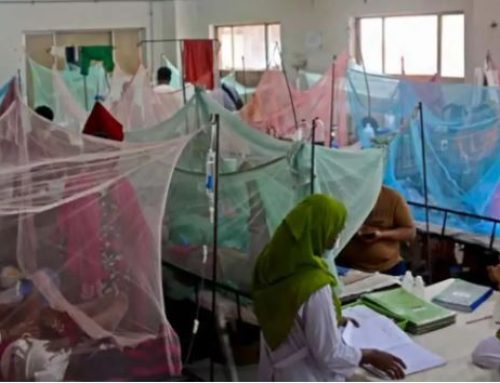Project Description
Author: Rafi et al.
Summary:
Introduction
Menstrual hygiene is a neglected and stigmatized health issue in low and middle income countries including Nepal. The objective of the present study was to explore the menstrual hygiene practice and its associated factors among women of reproductive age in Nepal.
Methods
The present study was conducted based on the database of Nepal Multiple Indicator Cluster Survey (MICS) 2019 including the women aged 15–49 years, who menstruated within the last 12 months prior to the survey. Menstrual practice of these women during the last 12 months was the outcome variable of the study. Multiple binary logistic regression model was utilized to find associated factors of unhygienic menstrual practice.
Results
Unhygienic menstrual practice was reported by more than 73% women. Almost 67% of them used traditional reusable materials like cloths, cotton pads etc. and almost 8% of them stayed in separate unhygienic places. Logistic regression model provided that lower educational attainment (p< ), poor socioeconomic condition (p< ), Hindu religion (p< ), early age of marriage (p< ), not having access to health insurance (p< ), internet and mobile phone (p< ) and lack of facility of private place for washing during menstruation (p< ) were determined as significant predictors of unhygienic menstrual practice.
Conclusion
Unhygienic menstrual practice especially in uneducated women and those came from lower socioeconomic group. Knowledge and awareness about menstrual hygiene and universal access to sanitation facility is important to uphold the situation.
Keywords: Menstrual hygiene, Chhaupadi, Reproductive health, Nepal, MICS-2019, Sexual and reproductive health, women’s health
Status: Ongoing
Full text link: Not available



